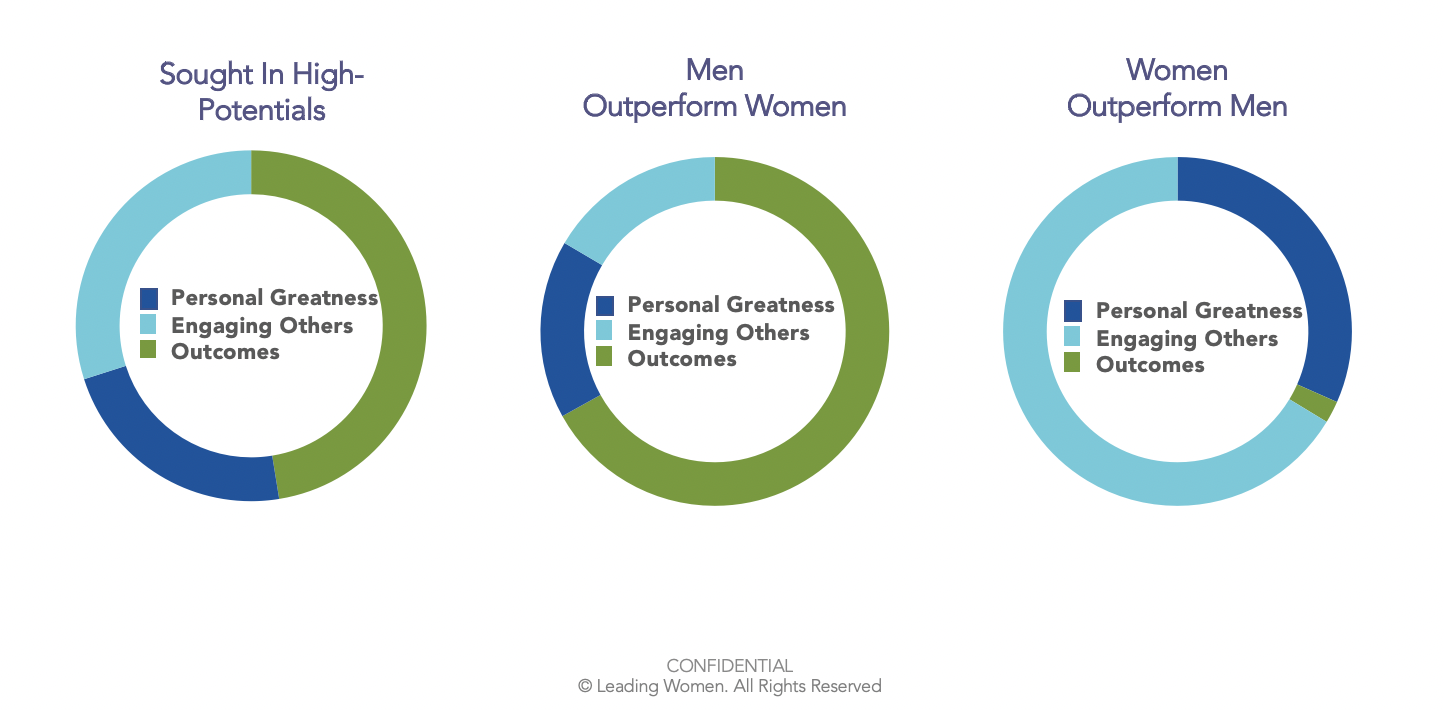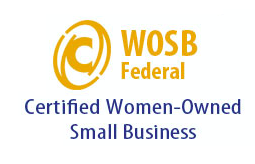
Career advice received by women covers only 2/3 of the success equation in business. This Missing 33%® has serious implications for a woman’s chances of being seen as high potential, receiving promotions to senior positions, receiving optimal benefits from mentoring relationships and nurturing the next generation of women leaders.
Background
/(R)%20Missing%2033_-type%20treatment-Vert.png?width=301&height=237&name=(R)%20Missing%2033_-type%20treatment-Vert.png) Leading Women recently asked over 2000 women, “What’s the best career advice you’ve received?” The verbatim responses they submitted were given by bosses, friends, parents, mentors, colleagues and others. We analyzed these responses and found an entire category of advice that women haven’t been given – a category that creates barriers to career success. Why?
Leading Women recently asked over 2000 women, “What’s the best career advice you’ve received?” The verbatim responses they submitted were given by bosses, friends, parents, mentors, colleagues and others. We analyzed these responses and found an entire category of advice that women haven’t been given – a category that creates barriers to career success. Why?
Unless on a specialized technical track, people are promoted on the basis of their perceived potential and success as a leader. So, what does this mean? As defined in the book No Ceiling, No Walls, and used by managers in F500 companies including Sunoco, PepsiCo, DePuy/J&J, Amgen, Pfizer and others:
“Leadership is using the greatness in you to achieve and sustain extraordinary outcomes by engaging the greatness in others”
This is a definition in which all 3 parts are required for success.
-
Using the greatness in you – this means tapping the essential best of who you are, your strengths, knowledge and attributes; leading in alignment with espoused values, and more.
-
To achieve and sustain extraordinary outcomes – this means hitting or exceeding the outcomes that your organization has determined are important for its current and future success in the marketplace. Elements of this include business acumen, strategic acumen and financial acumen.
-
By engaging the greatness in others – means engaging others’ positive aspects such as hope, creativity, commitment, egalitarianism, compassion (as opposed to their most negative such as hatred, fear, bigotry, etc.) and aligning them to key outcomes.
All 3 elements are interdependent and balance is necessary among them. For example, someone who achieves outcomes by commanding it out of their people (lack of focus on engaging others) doesn’t meet the definition of leader and will ultimately cost the company money due to high turnover. Someone who over-focuses on engaging others without attention to outcomes will direct happy sailors on a sinking ship. And someone who over-focuses on personal growth will ultimately be out of a job.
It follows, then, that the success equation has 3 factors:
-
Use Personal Greatness
-
Achieve and Sustain Outcomes
-
Engage the Greatness in Others
The Success Equation in Practice
What do executives and boards look for in high potential candidates and candidates for C-suite positions? For answers Leading Women analyzed key factors from Leaders at All Levels: Deepening the Talent Pool to Solve the Succession Crisis by Ram Charan, Boards at Work by Ram Charan, Building Better Boards by Beth Behan and David Nadler and interviews with executives. We then assigned each factor to the related 1/3rd of the leadership definition.
Here’s what we found. Of the factors:
-
50% relate to Achieve and Sustain Outcomes
-
27% relate to Engage the Greatness in Others
-
23% relate to Use Personal Greatness
In essence, when identifying high potential candidates for career advancement, executives and boards look for people with business and strategic acumen by a factor of nearly 2 to 1. This is significantly out of line with the advice that women are given about career success.








